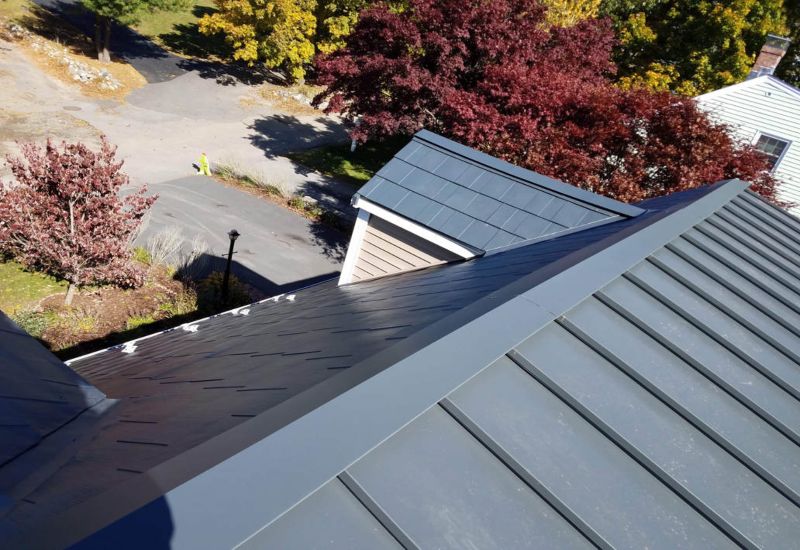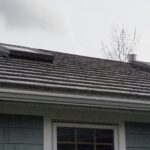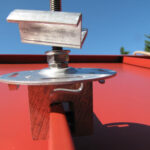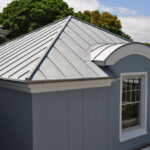Solar is Hot: The Rise of Residential Solar Systems and Roofs
October 25, 2018 | By Renee Ramey | Filed under: Blog, Solar Energy

From marginal to mainstream, the interest in residential solar systems is booming.
That’s due in part to a recent decision in California, which requires all new homes in the state to include residential solar systems beginning in 2020. That landmark decision is helping drive solar adoption not only in California, but throughout the country.
In sunny states, there’s no doubt that the return on solar may be substantial. According to the California Energy Commission, residential systems can save consumers nearly $80 on monthly heating, cooling and lighting bills, a positive long-term return in the investment that is predicted to help offset the higher cost of installing solar.
But the fact is that a return on a residential roof-mounted solar investment is only as good as the quality and longevity of the roof where it’s installed. If the roof underneath the solar system fails or wears out before the system does, the benefits and savings of producing rooftop electricity can be quickly wiped out. That’s because repairing or replacing a roof—in addition to the substantial extra labor costs of removing and reinstalling a solar panel system—is tremendously expensive.
Before you consider investing in a residential solar system, consider these tips from the Metal Roofing Alliance:
- Make sure it’s built to last. The estimated lifespan of solar panels is typically about 20 to 25 years while metal roofs last for 50-plus years, two or three times the average lifespan of other types of roofing materials. Metal roofs are the best option for photovoltaic systems, greatly reducing the risk of a roof failing before a solar panel system does because the roof will easily outlast the solar panels.
- Prioritize durability. As an exceptionally strong and durable material, metal is able to support the weight of heavy solar systems. By using a simple attachment and clip solution, metal roofing reduces the risk of roofing failures and potential leaks because it doesn’t require drilling holes into the roof. Also, consider durability beyond solar and sunny conditions: metal stands up better to hurricane-force winds, severe rain and hail storms, heavy snowfall and dangers including wildfires that are more likely to damage other types of roofs.
- Control your rays. Considered “cool roofs,” metal offers additional energy efficiency benefits, especially combined with solar. Even basic, unpainted metal roofs will reflect more solar radiation than asphalt, which typically absorbs and holds heat. Metal roofs with special coatings deliver high total solar reflectance and high infrared emittance, keeping homes cool and saving energy by re-emitting most of what solar radiation is absorbed.
- Offset your environmental impact. Solar is sustainable, and so is metal roofing. Metal can be 100 percent recycled rather than dumped into a landfill at the end of its long life. It reduces long-term maintenance by naturally resisting moss and fungus including in areas on the roof that may be shaded by solar panels.
- Find a qualified contractor. Make sure your installer is properly trained, experienced and skilled in installing metal roofs to accommodate solar panel systems. Some contractors push homeowners towards a certain roofing material, not because it’s the best or most appropriate for their home, but simply because it’s the option the installer is most familiar with.
The rise of residential solar systems is good news for homeowners and builders alike, but only if you do your homework and understand the important role the right roofing material plays before you invest. For more information and resources, visit www.metalroofing.com.





